Creating the perfect home for your small furry friend is about more than just providing a place to eat and sleep—it’s about ensuring they have a safe, stimulating environment where they can thrive. Mini mammals like hamsters, gerbils, mice, guinea pigs, and small rabbits each have unique needs that must be considered when selecting an enclosure. The right habitat not only keeps your pet secure but also supports their natural behaviors, contributing significantly to their overall health and happiness. In this comprehensive guide, we’ll explore the various types of enclosures available for small mammal pets, considering factors such as size requirements, materials, safety features, and enrichment opportunities to help you make the best choice for your particular pocket-sized companion.
Wire Cages: Ventilation Meets Visibility
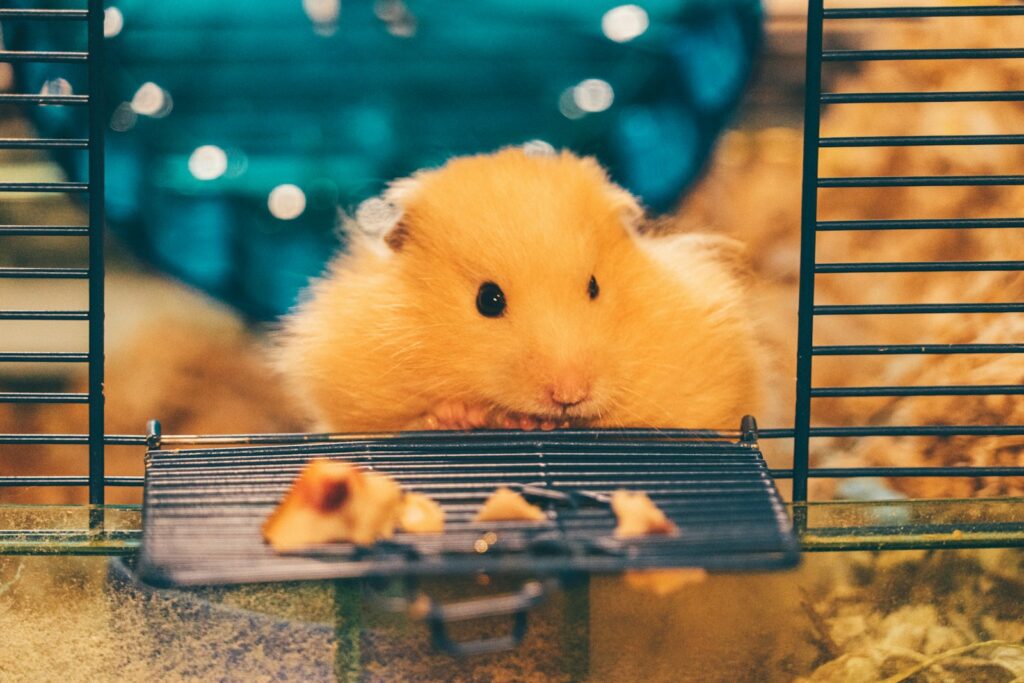
Wire cages represent one of the most popular choices for small mammal enclosures, offering excellent ventilation and allowing pet owners to easily observe their animals. These enclosures typically feature a plastic base that contains bedding and prevents substrate from spilling out, with wire walls and a ceiling that provide climbing opportunities for more active species. The open design ensures proper air circulation, reducing humidity and odor buildup while creating a healthier environment for respiratory-sensitive animals like guinea pigs. However, it’s crucial to select a wire cage with appropriate bar spacing—larger gaps might allow tiny animals like mice or dwarf hamsters to escape, while wire floors can cause painful foot injuries (bumblefoot) if not covered with a solid surface.
Glass Aquariums: Protection for Burrowers
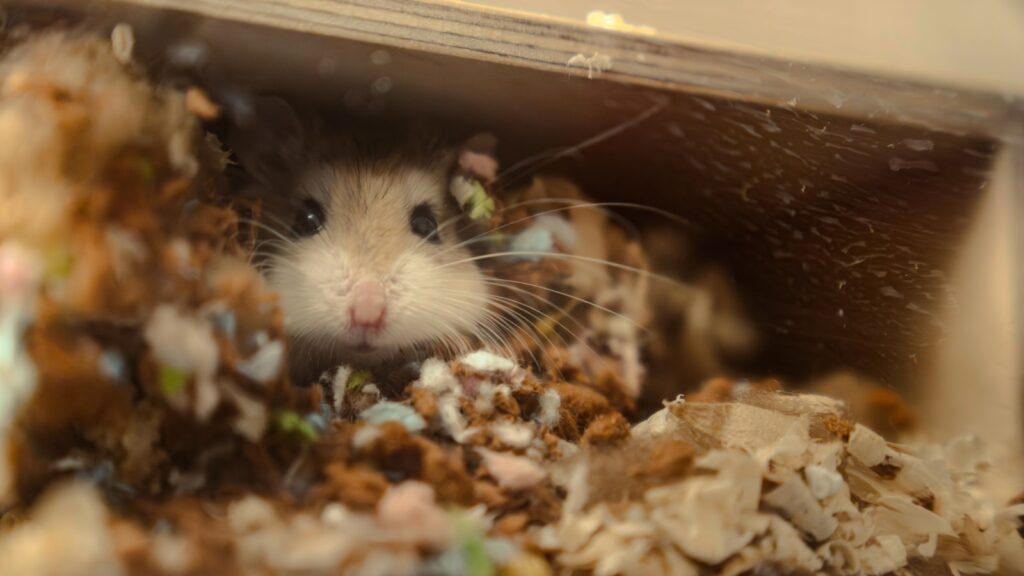
Glass aquariums provide exceptional containment for enthusiastic diggers and escape artists such as gerbils, mice, and hamsters who might squeeze through bars or chew through plastic. The solid walls prevent bedding from being kicked out during digging sessions, making cleanup significantly easier for pet owners. Aquariums offer superior protection from drafts and maintain more consistent temperatures, which can be beneficial for temperature-sensitive species. The clear glass walls allow for unobstructed viewing of your pet’s activities, creating delightful opportunities to observe natural burrowing and nesting behaviors that might be obscured in other enclosures. However, proper ventilation must be ensured through a mesh lid, as inadequate airflow can lead to excessive humidity and potentially harmful ammonia buildup from waste products.
Plastic Modular Habitats: Customizable Playgrounds

Modular plastic habitats have revolutionized small pet housing by offering expandable, customizable environments that can grow alongside your pet’s needs. These colorful systems typically consist of a main living chamber connected to various tubes, tunnels, and additional compartments that can be rearranged to create new exploration opportunities. For naturally curious animals like hamsters and mice, these setups provide excellent enrichment through changes in elevation, hidden compartments, and maze-like pathways that simulate burrow systems they would create in the wild. The enclosed nature of these habitats helps contain odors and prevents bedding from scattering, though proper cleaning can be more challenging due to the numerous components and connections. It’s important to note that while visually appealing, some smaller modular systems may not provide adequate floor space for larger species like guinea pigs or rabbits.
Wooden Enclosures: Natural Aesthetic with Considerations

Wooden hutches and enclosures offer a natural aesthetic that blends beautifully with home décor while providing a solid, secure environment for small mammals. These structures typically feature a combination of solid wooden panels and wire mesh sections, balancing privacy with ventilation needs. For rabbits and guinea pigs, especially, wooden enclosures can create a sense of security with designated hiding areas while still allowing for proper observation. The insulating properties of wood help maintain more stable temperatures than metal or plastic alternatives, making it suitable for animals kept in areas with temperature fluctuations. However, wood presents unique challenges—it can absorb urine, harbor bacteria if not properly sealed, and may become a target for persistent chewers who can damage the structure or ingest harmful wood particles or treatments.
Multi-Level Habitats: Vertical Space Utilization
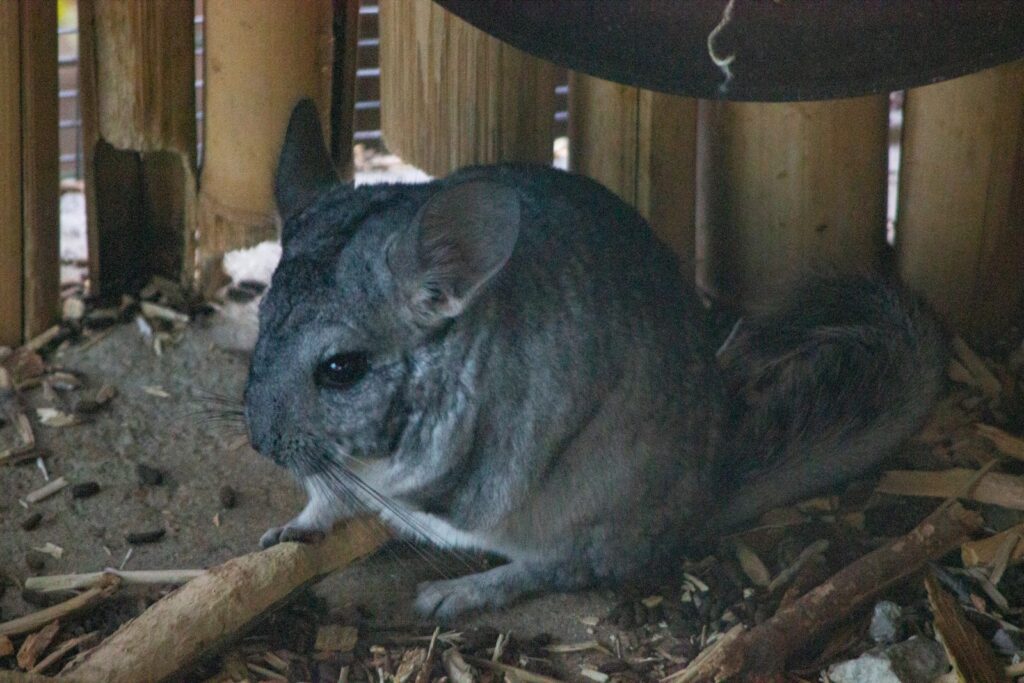
Multi-level habitats maximize limited floor space by expanding upward, creating diverse environments with different zones for various activities. These enclosures feature ramps, platforms, and multiple floors that encourage climbing and exploration, which is particularly beneficial for active species like rats, degus, and chinchillas who naturally inhabit rocky, vertical terrains in the wild. The varied elevations provide natural exercise opportunities and mental stimulation while allowing animals to express preferences for sleeping and eating at different heights. For social species housed together, multi-level configurations offer individuals the ability to establish separate territories within the same enclosure, potentially reducing conflicts. Safety considerations for these habitats include ensuring stable platforms that can support your pet’s weight, secure ramp attachments to prevent falls, and appropriate height between levels to prevent jumping injuries.
Exercise Pens: Temporary Freedom Zones
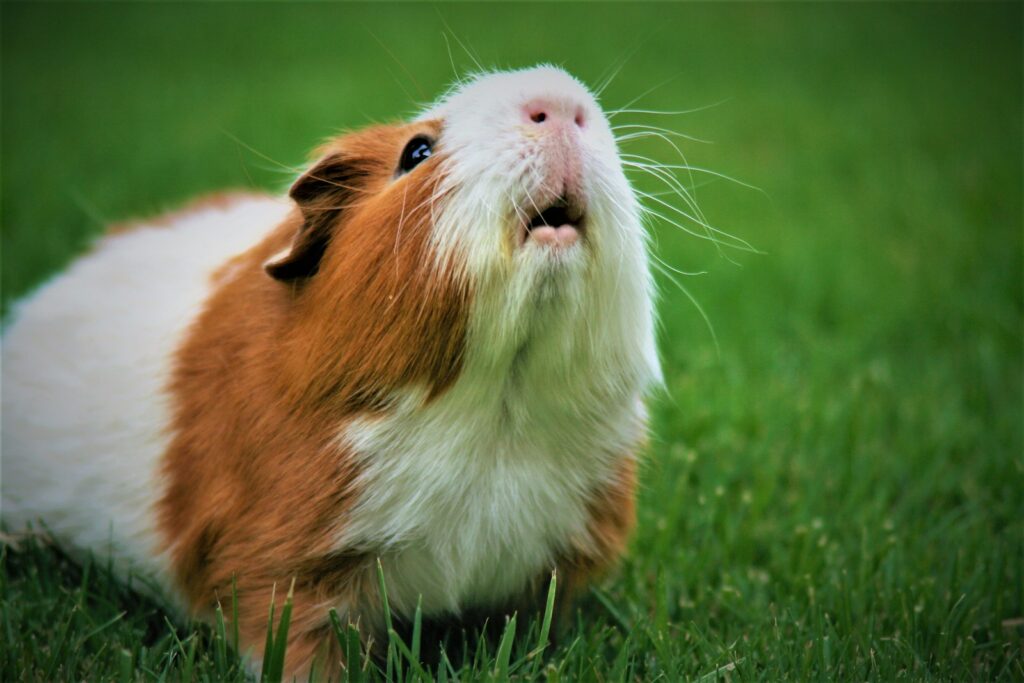
Exercise pens offer flexible, temporary enclosures that can provide supervised freedom beyond the confines of a primary habitat. These typically consist of connectable panels that can be arranged in various shapes and sizes, creating safe play areas where small mammals can exercise more extensively than their permanent housing allows. For larger mini mammals like rabbits and guinea pigs, exercise pens can be essential for providing the significant daily movement they require for proper muscle development and digestion. These temporary spaces allow for enrichment through novel environments, different flooring textures, and the introduction of toys or obstacles that might be too large for permanent enclosures. When used outdoors, exercise pens can provide valuable exposure to natural sunlight and fresh air, though they should always include shaded areas and protection from predators, even during supervised sessions.
Specialized Species-Specific Enclosures
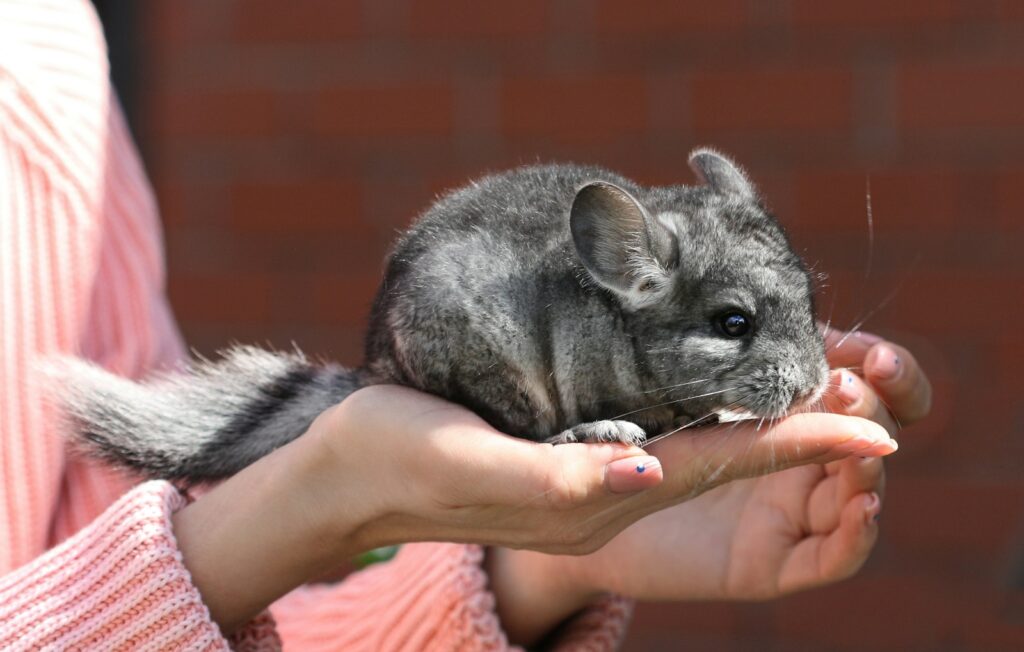
Species-specific enclosures are designed with the particular needs of certain animals in mind, incorporating features that cater to their unique natural behaviors and physical requirements. For chinchillas, tall enclosures with multiple levels and dust bath areas accommodate their exceptional jumping abilities and special grooming needs. Hedgehog habitats often feature smooth, solid walls to prevent climbing injuries and solid-surface exercise wheels that protect their delicate feet. Degu enclosures typically incorporate chew-resistant metals with extra gnawing opportunities to address their persistent dental growth and chewing instincts. These specialized designs often include appropriate temperature management systems, such as cooling stones for chinchillas or heating options for hedgehogs, acknowledging the specific climate needs of these exotic pets. While sometimes more expensive than generic options, these tailored environments can significantly improve welfare by addressing the evolutionary adaptations of these specialized species.
DIY Bin Cages: Budget-Friendly Customization
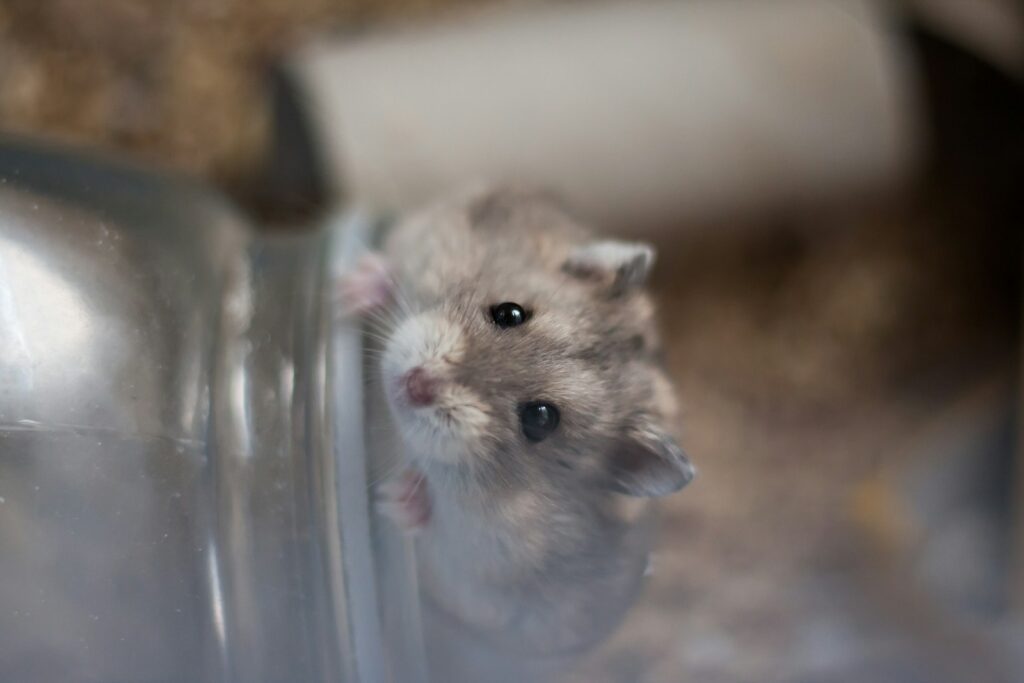
DIY bin cages have gained popularity as an affordable, customizable solution for housing small mammals, particularly among hamster and mouse enthusiasts. These enclosures are typically created from large plastic storage containers modified with mesh panels for ventilation, offering significantly more floor space than many commercial options at a fraction of the cost. The smooth interior walls prevent climbing escapes while providing ample space for deep bedding that enables natural burrowing behaviors, especially important for species like Syrian hamsters, which create extensive tunnel systems in the wild. Construction is relatively simple, requiring basic tools to cut ventilation windows that are then covered with secure metal mesh to ensure proper airflow while preventing escapes or entry by other household pets. The transparent nature of most storage bins allows for easy observation of your pet, while the solid construction contains bedding and minimizes mess around the habitat.
C&C Cages: Flexible Solutions for Larger Species
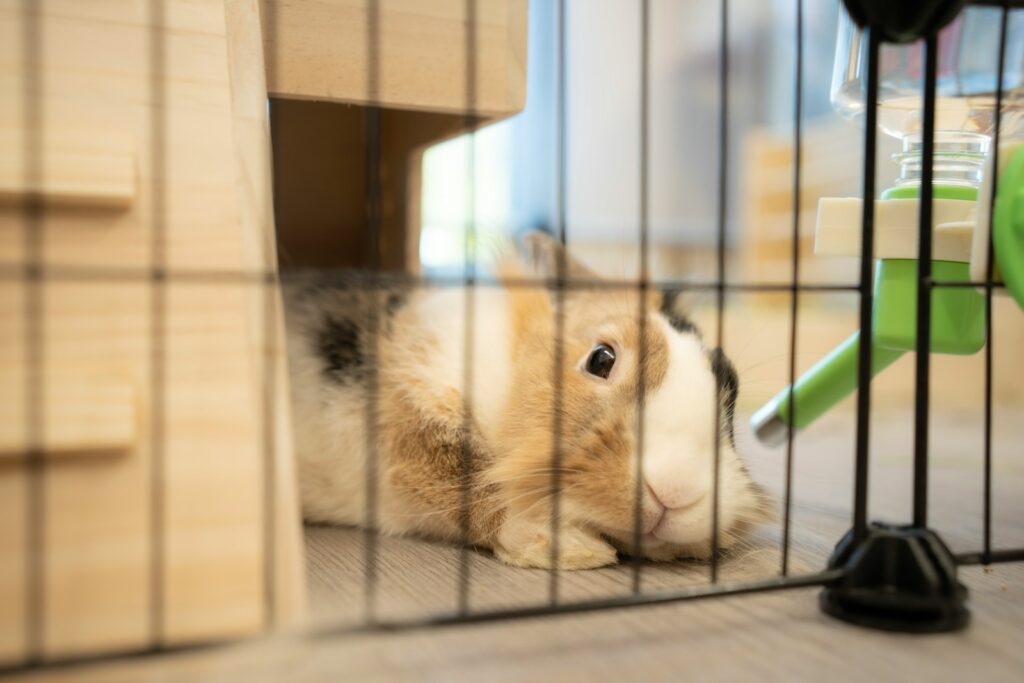
Cubes and Coroplast (C&C) cages represent an innovative, modular approach to housing larger mini mammals like guinea pigs and rabbits, who require significantly more floor space than their smaller counterparts. These DIY systems combine wire storage cube grids for walls with coroplast (corrugated plastic) sheets for the base, creating customizable enclosures that can be easily expanded or reconfigured as needed. The open grid design provides excellent ventilation while maintaining visibility, and the height of the walls can be adjusted based on the jumping abilities of the inhabitants. C&C cages excel in providing the minimum recommended floor space for guinea pigs (7.5 square feet for one, 10.5 for two) and rabbits (at least 8-12 square feet), dimensions that many commercial cages fail to achieve. The smooth, waterproof Coroplast base extends several inches up the sides to contain bedding and protect surrounding floors, while being significantly easier to clean than porous materials.
Indoor Hutches: Furniture-Style Living

Indoor hutches designed to double as furniture pieces have emerged as stylish solutions for integrating pet housing into home décor, particularly for rabbits and guinea pigs kept in living spaces. These enclosures often resemble cabinets or side tables with discrete doors, wire panels, and pull-out trays that facilitate cleaning while maintaining an attractive appearance that complements rather than detracts from home aesthetics. Quality furniture hutches feature durable, pet-safe finishes that resist moisture and chewing, along with proper ventilation systems that ensure adequate air circulation despite the more enclosed design. Many models incorporate multiple levels connected by ramps, providing environmental enrichment and effectively utilizing vertical space in apartments or smaller homes. While these specialized enclosures typically command premium prices, their dual functionality and refined appearance make them attractive options for pet owners who prioritize both animal welfare and home design cohesiveness.
Outdoor Options: Fresh Air Considerations

Outdoor enclosures can provide valuable environmental enrichment for many small mammals, offering natural sunlight, fresh air, and sensory stimulation that indoor housing cannot replicate. These structures range from traditional wooden hutches with wire runs to more elaborate garden setups with tunnels and multiple chambers, all designed to balance freedom with protection from predators and extreme weather. Proper outdoor housing must include weather-resistant materials, secure locks to prevent escape or predator entry, and both sunny and shaded areas to accommodate thermoregulation needs throughout the day. For seasonal use in moderate climates, outdoor enclosures can benefit rabbits and guinea pigs, especially, exposing them to beneficial vitamin D from natural sunlight and providing opportunities for grazing on safe lawn areas. Critical safety considerations include protection from extremes of heat and cold, elevated floors to prevent dampness, and secure construction that prevents digging out or burrowing by predators.
Essential Features for Any Enclosure Type
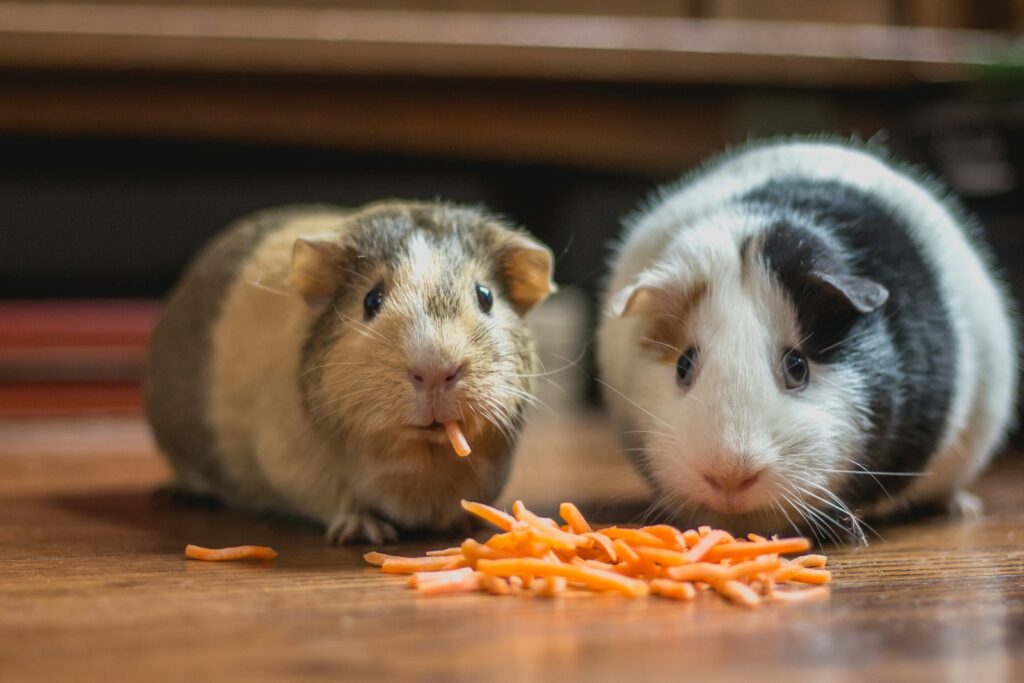
Regardless of the enclosure style chosen, certain essential features must be incorporated to ensure the health and well-being of mini mammal pets. Adequate size represents the most critical factor, with minimum requirements varying dramatically between species, from at least 450 square inches of continuous floor space for Syrian hamsters to 8+ square feet for a single rabbit. Secure doors and latches prevent escapes, while proper ventilation controls humidity and prevents respiratory issues without creating dangerous drafts. All enclosures should include designated areas for feeding, hydration, elimination, exercise, and private retreats where pets can hide when feeling stressed or tired. Appropriate substrate depth accommodates natural behaviors, especially for burrowing species that require 4-6 inches of bedding for psychological well-being. Finally, accessibility for cleaning is paramount, as regular habitat maintenance prevents ammonia buildup and bacterial growth that can lead to serious health complications for sensitive respiratory systems.
Enrichment Integration for Mental Stimulation
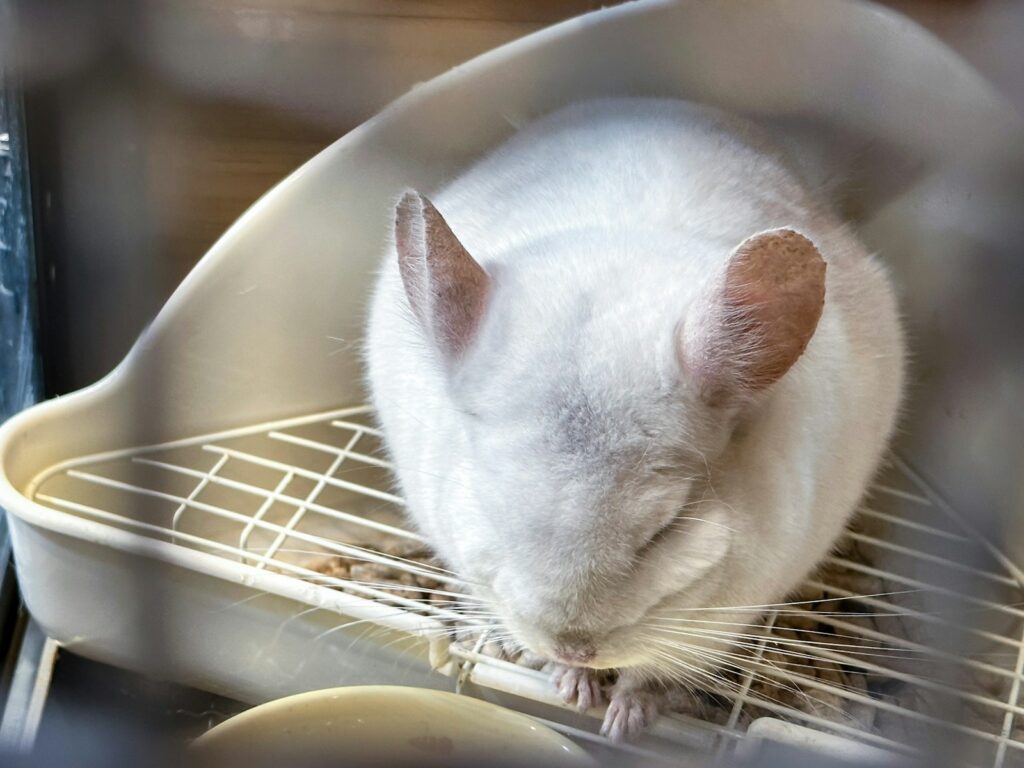
The ideal small mammal enclosure extends beyond basic survival needs to incorporate enrichment elements that promote physical activity, mental stimulation, and natural behaviors. Strategic furniture placement creates a dynamic environment with hiding spots, tunnels, elevated platforms, and textural variety that encourages exploration and provides choices within the habitat. Exercise equipment appropriate to the species—solid-surface wheels for hamsters and mice, tunnels for burrowers, or climbing structures for rats—helps prevent obesity and associated health problems while providing essential physical outlets. Foraging opportunities such as scatter feeding, puzzle toys, or strategically placed treats simulate natural food-seeking behaviors and prevent boredom. Environmental enrichment should be rotated regularly to maintain novelty and interest, with new items introduced periodically while maintaining some familiar elements to provide security and prevent stress from excessive change.
Conclusion
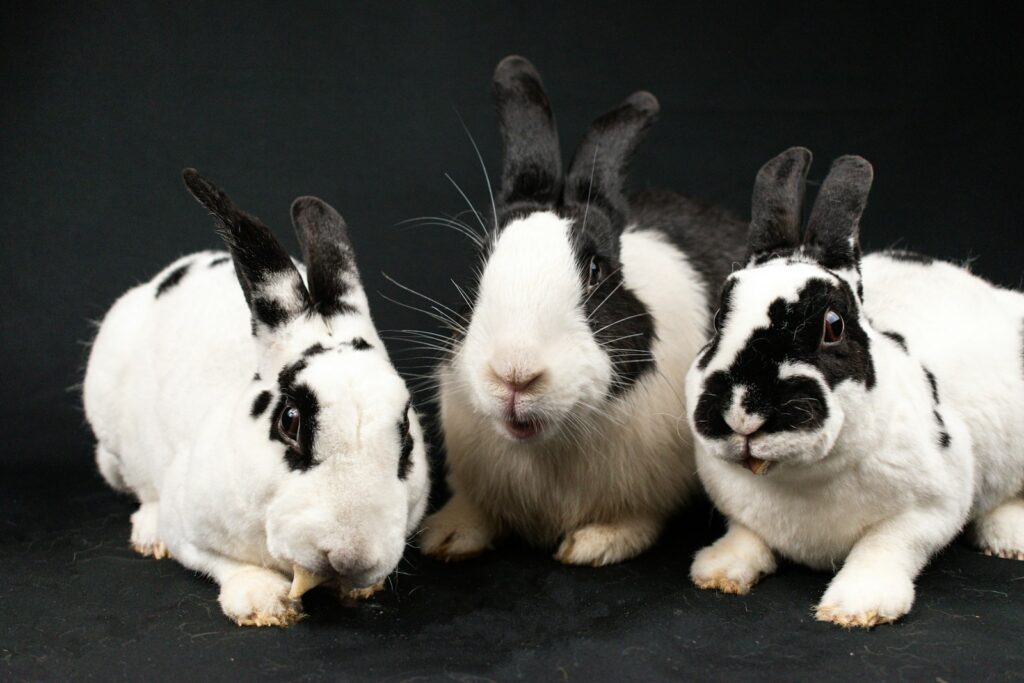
Selecting the appropriate enclosure for your mini mammal companion involves careful consideration of species-specific needs, available space, maintenance requirements, and enrichment opportunities. While wire cages, glass aquariums, and modular systems each offer distinct advantages, the ideal habitat ultimately depends on your particular pet’s natural behaviors and temperament. Remember that, regardless of the enclosure type, adequate size always takes precedence over features or aesthetics—no amount of tunnels, toys, or design elements can compensate for insufficient space. By creating a secure, spacious environment that accommodates natural behaviors like burrowing, climbing, or hiding, you’ll provide your small pet with the foundation for a healthy, enriched life. The perfect enclosure balances practical considerations with your pet’s physical and psychological needs, creating a sanctuary where they can express their natural behaviors and thrive under your care.

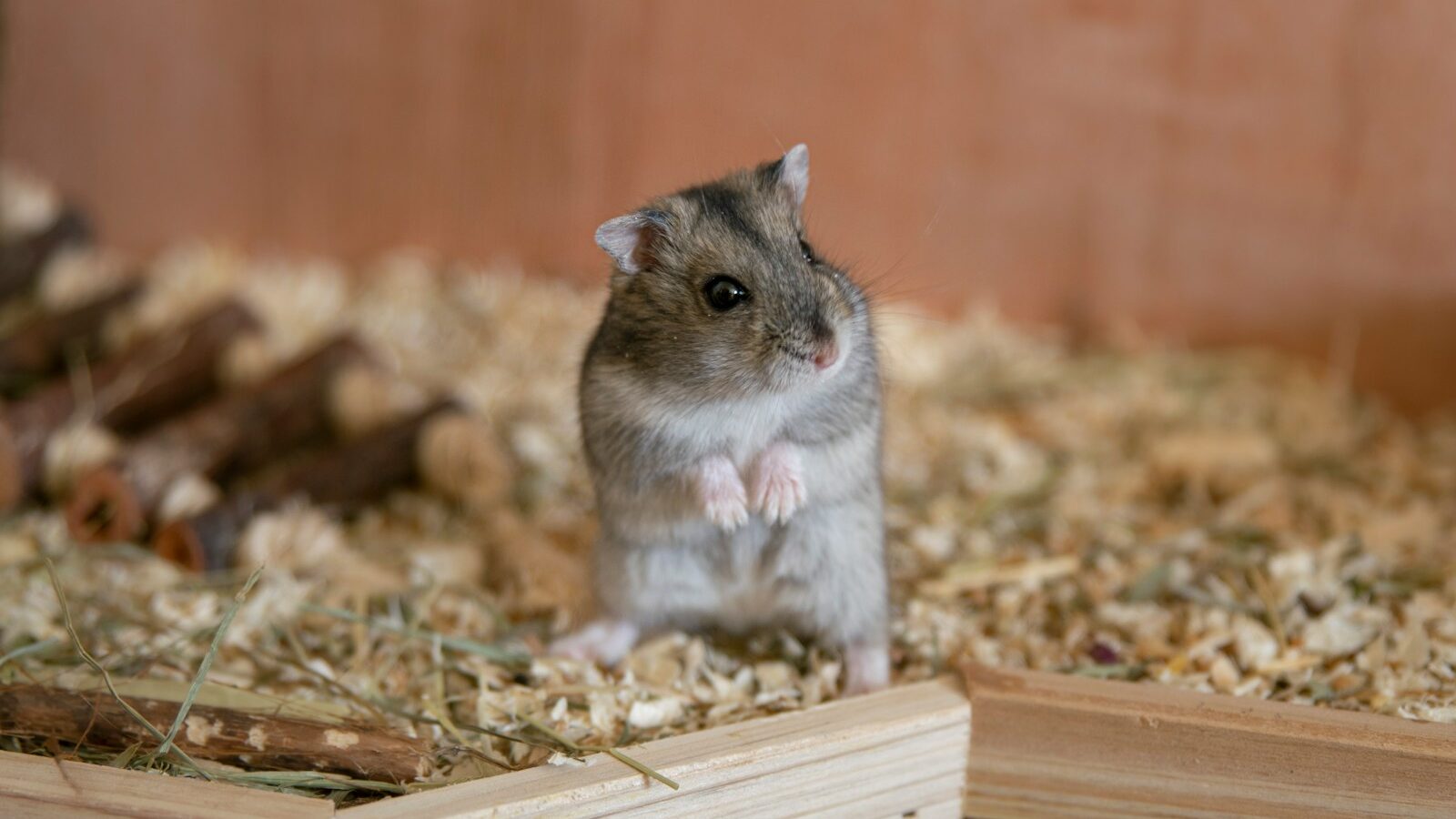
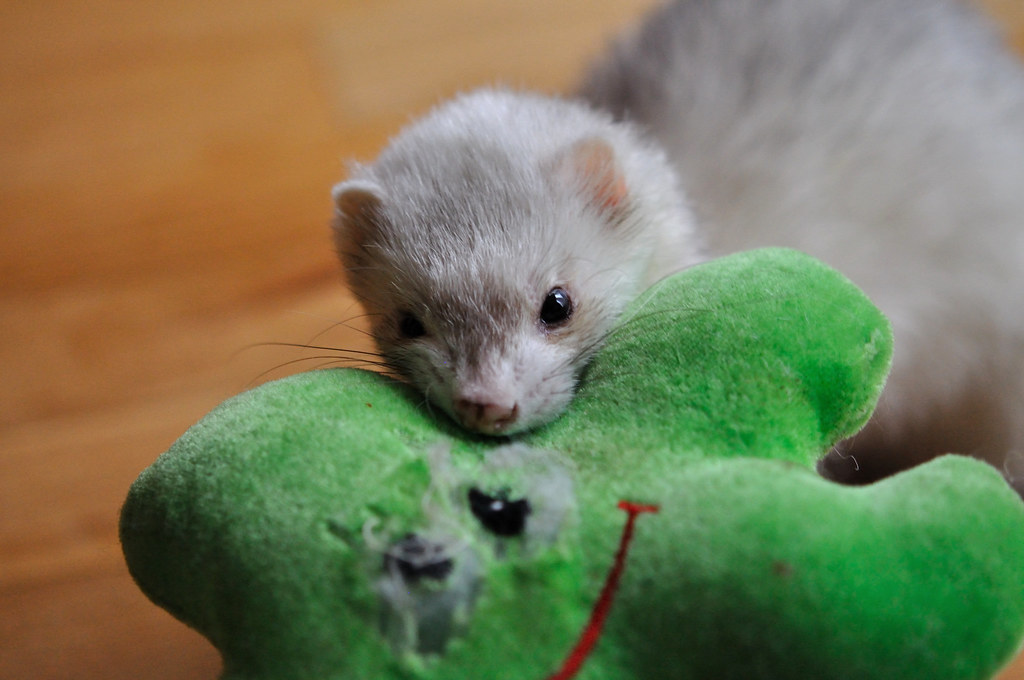
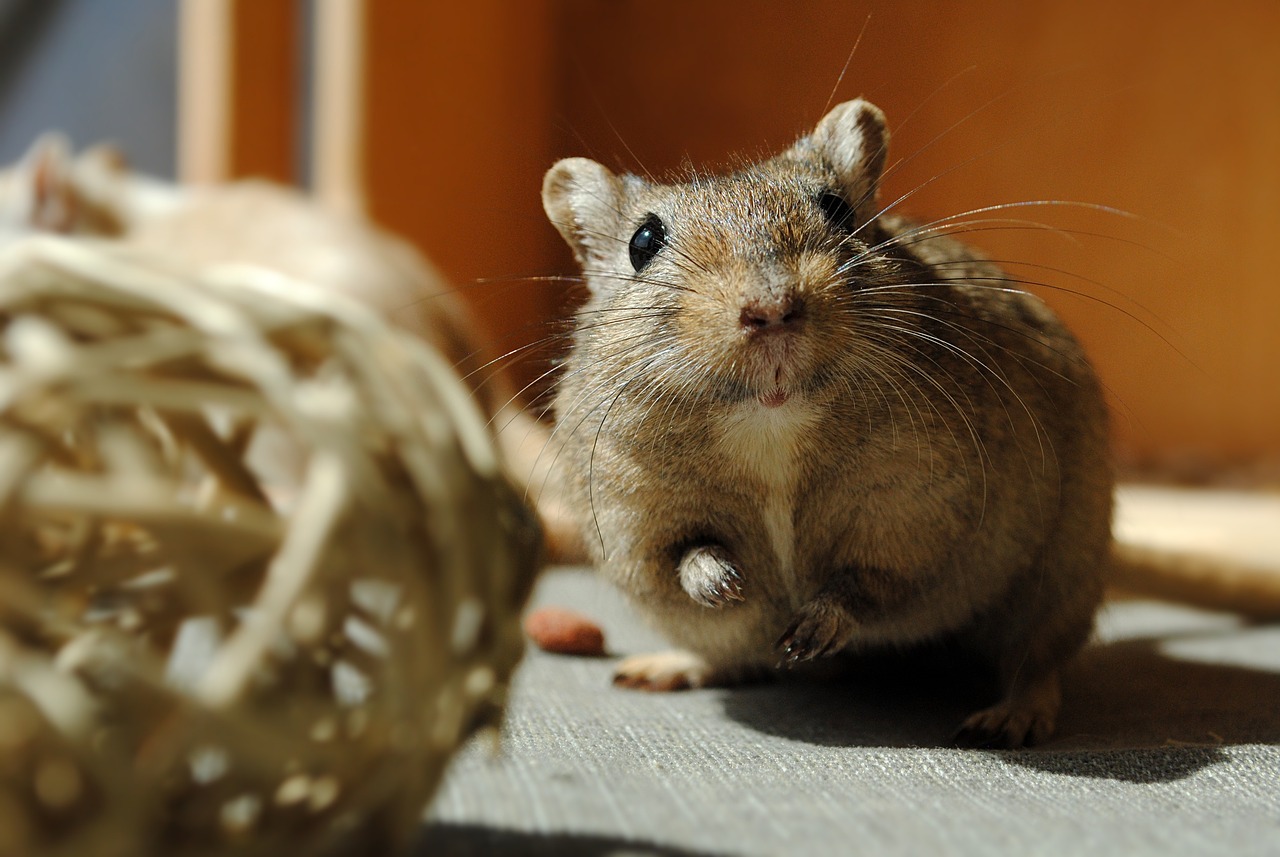

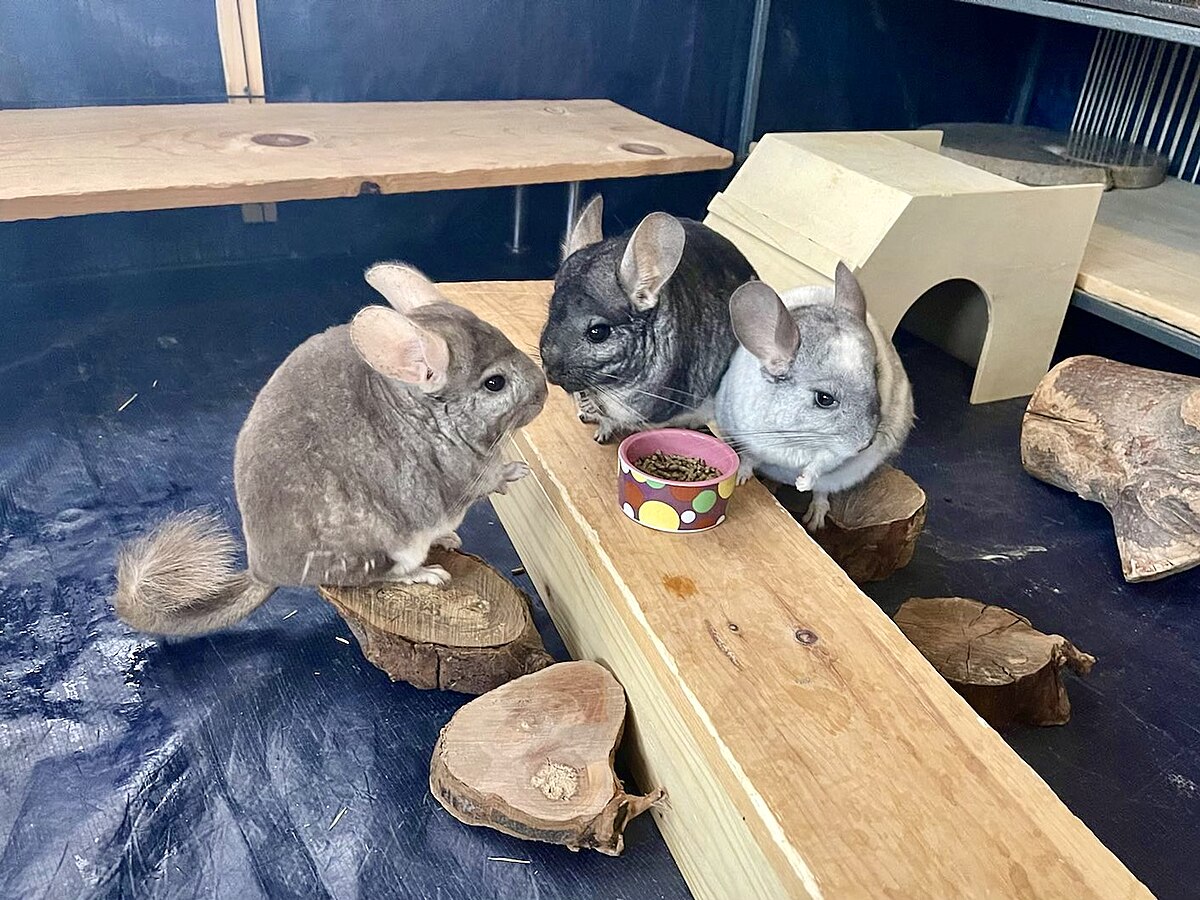
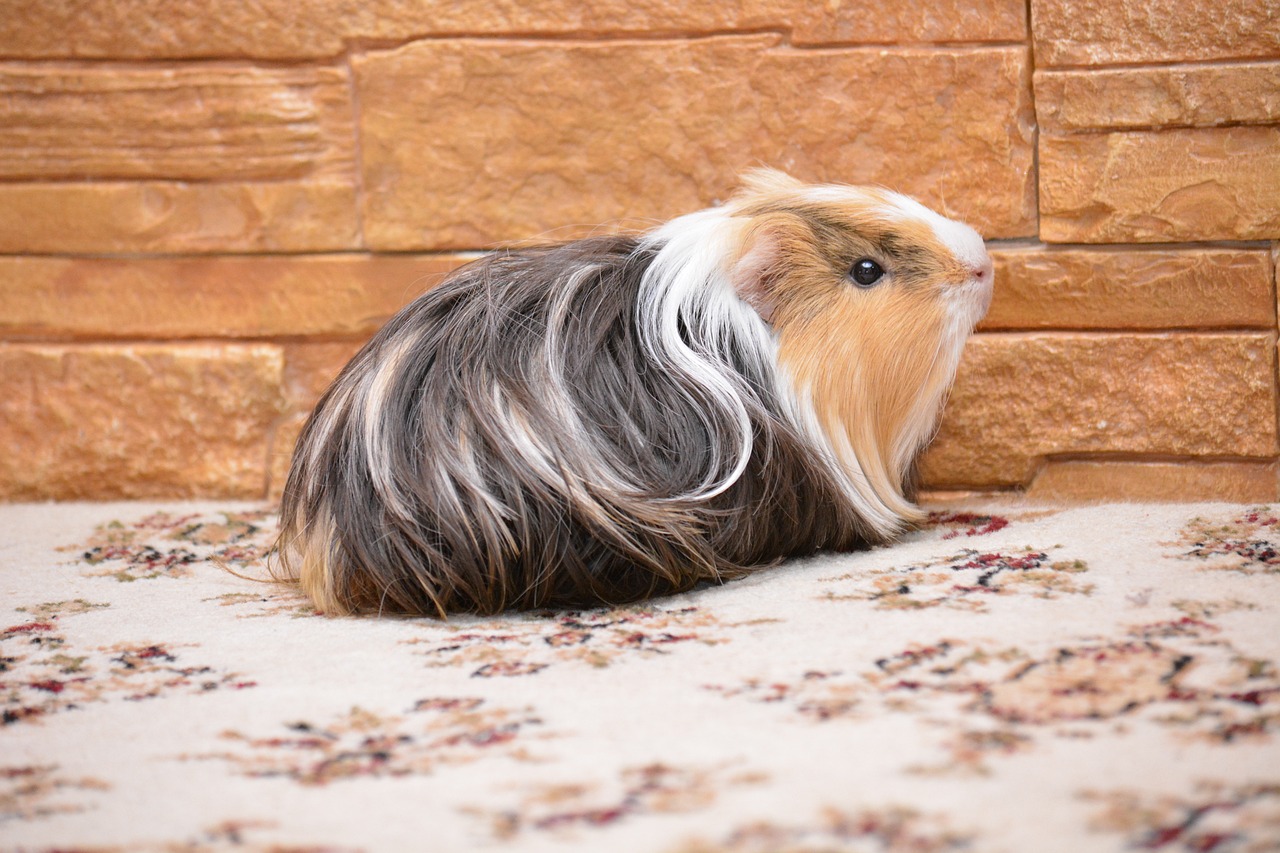
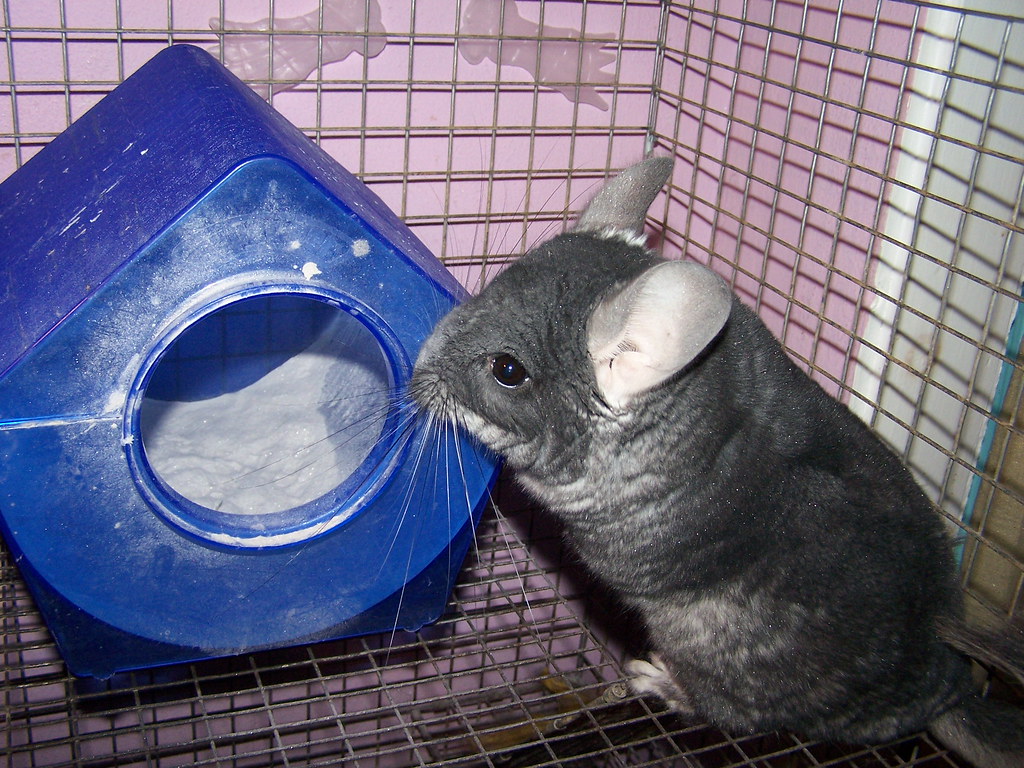

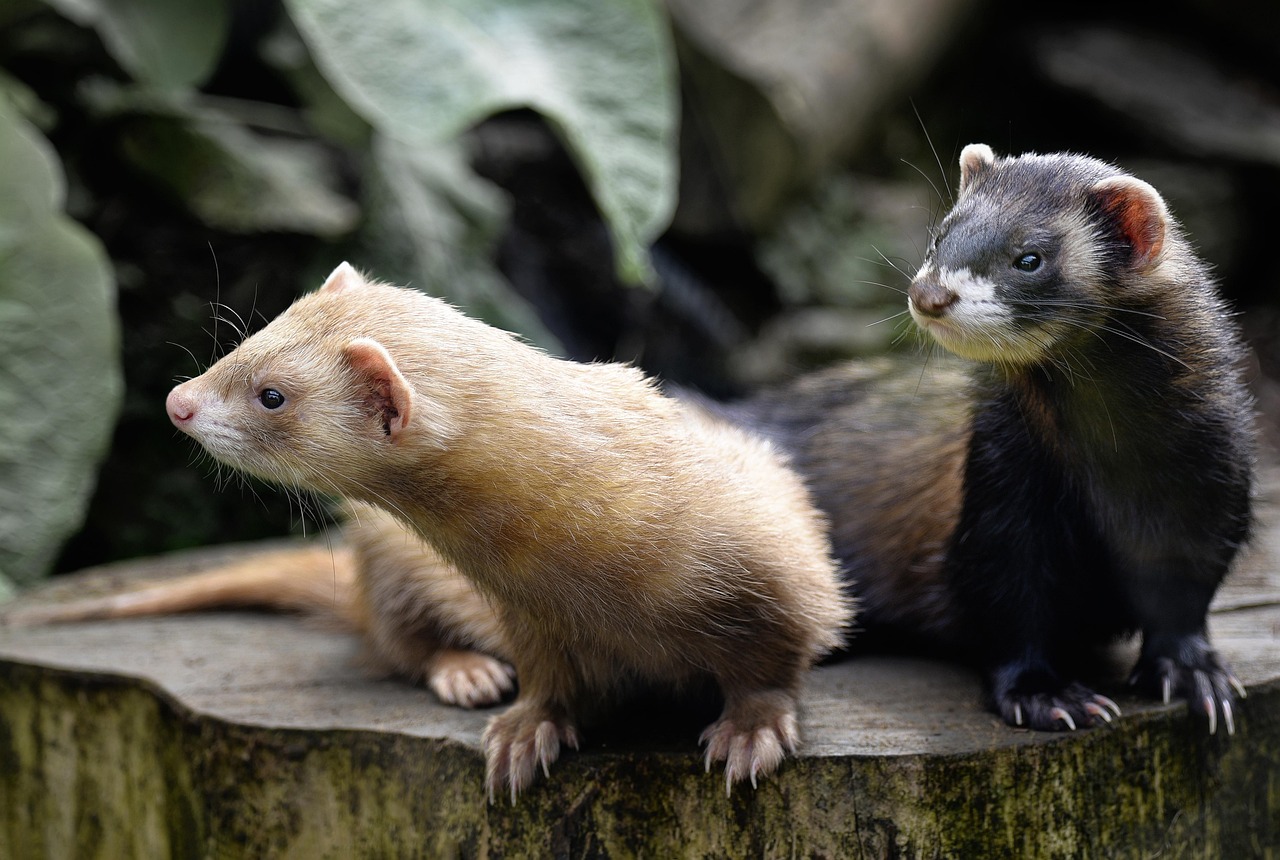
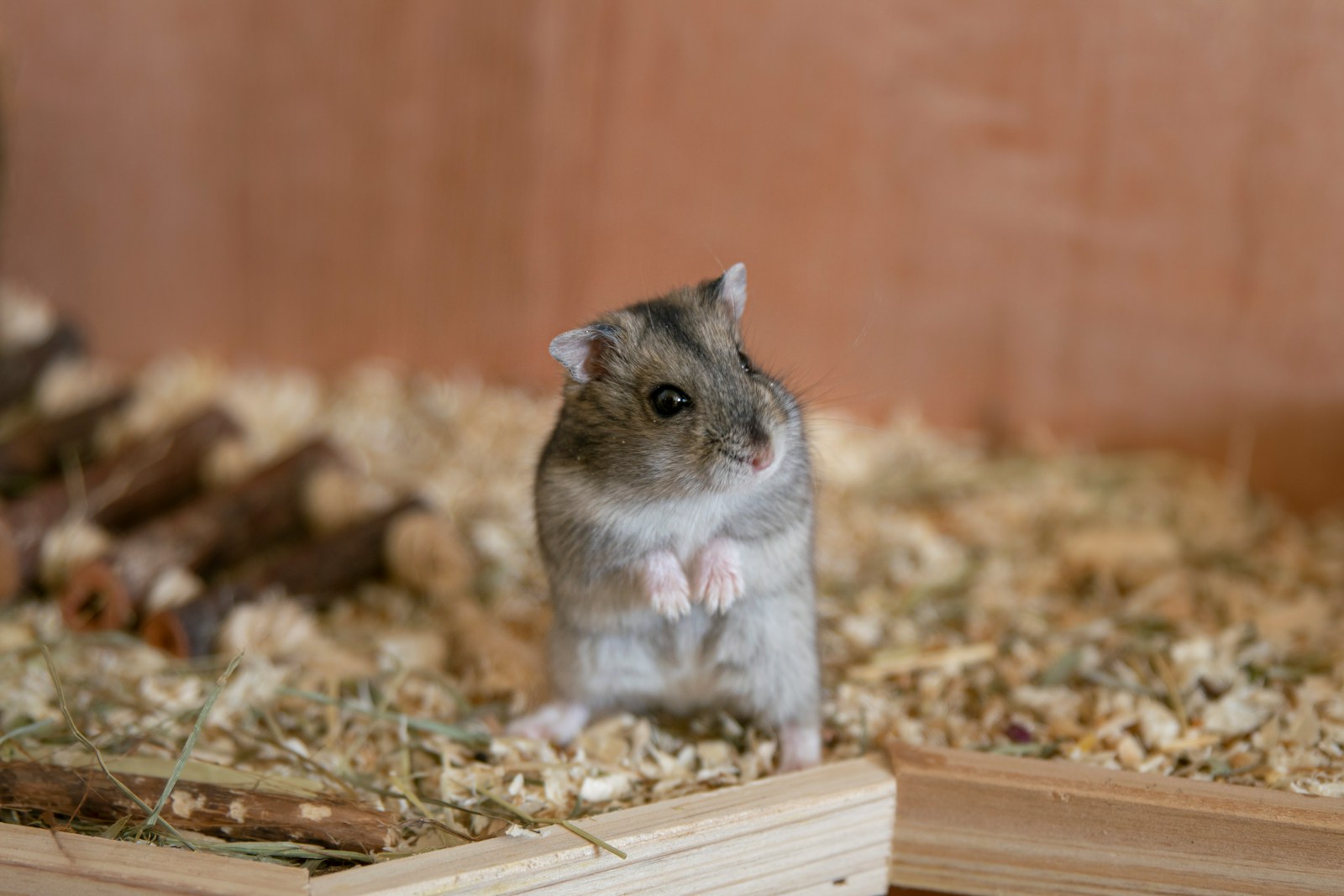
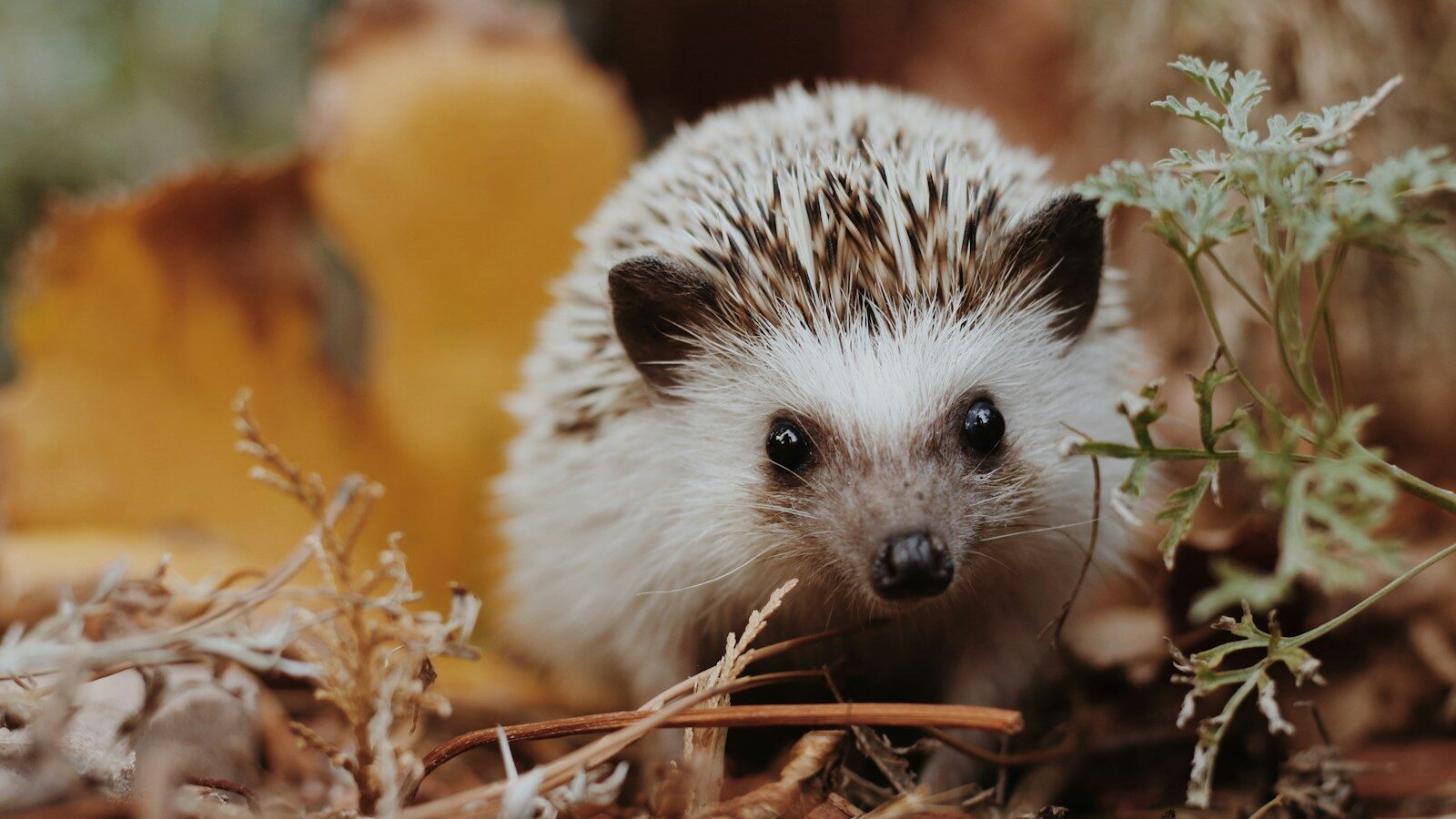




Leave a Reply